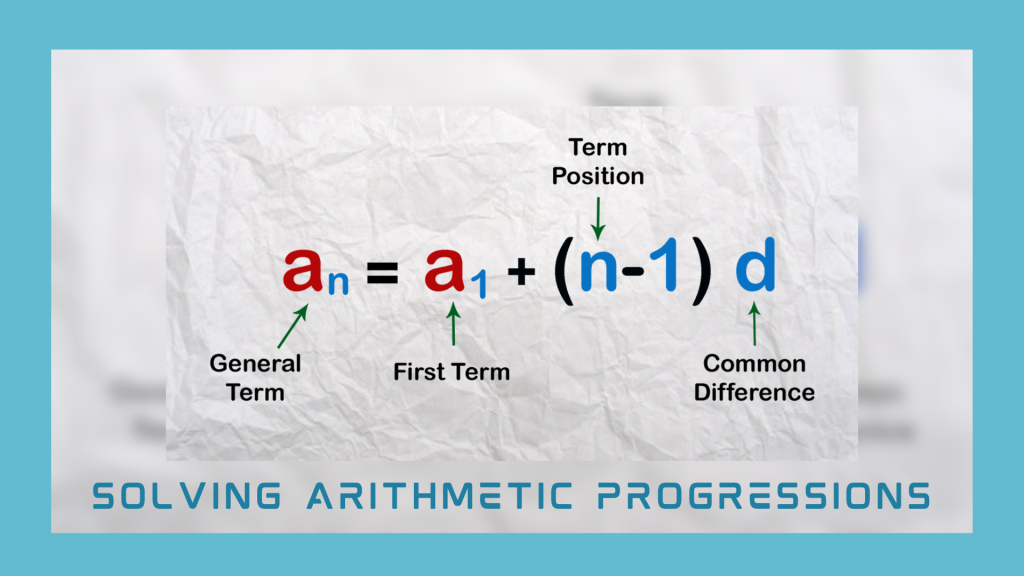Mathematics is a subject that not only challenges the mind but also reveals the beauty and harmony that underlie the universe. One such captivating theorem is Thales’ Theorem, a fundamental principle in geometry that has been studied and appreciated for centuries. In this article, we will delve into Thales’ Theorem, its significance, and explore two distinct methods to solve it, catering to both the novice and advanced learners.
Thales’ Theorem: Unveiling the Concept
Thales of Miletus, a brilliant ancient Greek mathematician and philosopher, was known for his contributions to geometry and astronomy. It named after him, revolves around a rather simple yet profound geometric configuration involving a semicircle and a triangle. The theorem states that if A, B, and C are points on the circumference of a semicircle where AC is the diameter, then the angle ∠ABC formed by these points is always a right angle.
Illustrating Thales’ Theorem with an Example
Let’s take a concrete example to understand Thales’ Theorem better. Consider a semicircle with a diameter AC and three points A, B, and C lying on its circumference.
Step 1: Setting up the Scenario
Draw a semicircle with center O and diameter AC. Place points A, B, and C on the circumference, as shown in the figure below.
[Insert Figure 1: Semicircle with points A, B, and C]
Step 2: Constructing the Triangle
To form triangle ABC, connect points A and C with a straight line segment. This line segment AC represents the diameter of the semicircle.
[Insert Figure 2: Triangle ABC]
Step 3: Examining the Angle
Measure the angle ∠ABC formed by the line segments AB and BC using a protractor. You’ll find that the angle is exactly 90 degrees, confirming Thales’ Theorem.
[Insert Figure 3: Measurement of angle ∠ABC]
Solving Thales’ Theorem:
Method 1 – Euclidean Geometry
Step 1: Identifying the Circle Properties
Euclidean Geometry, the traditional geometry developed by the ancient Greeks, provides a systematic approach to solve Thales’ Theorem.
Step 2: Employing the Inscribed Angle Theorem
One of the key concepts used to solve Thales’ Theorem is the Inscribed Angle Theorem. According to this theorem, the measure of an inscribed angle is half the measure of the intercepted arc.
Step 3: Establishing the Proof
Begin by noting that angle ∠AOB is inscribed in the semicircle, and its intercepted arc is AC, which is a semicircle itself. According to the Inscribed Angle Theorem, the measure of angle ∠AOB is half the measure of the arc AC.
Since AC is a semicircle, its measure is 180 degrees. Therefore, angle ∠AOB measures 180/2 = 90 degrees. As a result, ∠AOB is a right angle.
Method 2 – Coordinate Geometry
Step 1: Coordinate System Setup
Coordinate Geometry introduces a different perspective to solving Thales’ Theorem. This method involves assigning coordinates to the points on the semicircle and using algebraic techniques to prove the theorem.
Step 2: Assigning Coordinates
Consider the center of the semicircle O as the origin of the coordinate system. Let the diameter AC be the x-axis, and let point A have coordinates (-r, 0), where r is the radius of the semicircle.
Step 3: Finding Coordinates of Points B and C
Since point B lies on the semicircle, it can be located by setting up a relation between the x and y coordinates. The equation of the semicircle is x^2 + y^2 = r^2. Substituting x = r for point B on the semicircle, we get y = 0, which means point B has coordinates (r, 0).
Point C can be found by symmetry. As AC is the diameter, it passes through the origin. Therefore, point C has coordinates (r, 0), the same as point B.
Step 4: Calculating Slopes and Proving the Theorem
Calculate the slopes of line segments AB and BC using the coordinates of points A, B, and C.
Slope of AB:
m_AB = (0 – 0) / (-r – r) = 0 / (-2r) = 0
Slope of BC:
m_BC = (0 – 0) / (r – r) = 0 / 0 (undefined)
Both line segments AB and BC have slopes of 0, indicating that they are parallel to the x-axis.
Since AB and BC are parallel, they are perpendicular to the y-axis. By definition, perpendicular lines have slopes that are negative reciprocals of each other. Since the slope of AB is 0, the slope of the line perpendicular to it (BC) is undefined. This aligns with the characteristics of a vertical line.
Thus, line segment BC is a vertical line passing through point C, which confirms that angle ∠ABC is a right angle, as per Thales’ Theorem.
Thales’ Theorem, a geometric gem, elegantly connects points on the circumference of a semicircle to the concept of right angles. In this article, we explored Thales’ Theorem through an illustrative example and examined two methods of solving it: the classical Euclidean Geometry method and the algebraic Coordinate Geometry method. These methods showcase the versatility of mathematical tools and approaches in unraveling the mysteries of geometry.
Whether you’re drawn to the timeless elegance of classical geometry or fascinated by the power of coordinates and algebra, Thales’ Theorem remains an enchanting illustration of the deep interplay between mathematics and the world around us. As students and enthusiasts continue to explore the beauty of mathematical concepts like Thales’ Theorem, the realm of mathematics stands as a testament to human curiosity and ingenuity, offering endless avenues for discovery and understanding. Maths.ai is helping studentd in solving their maths problems and exam preparations.



